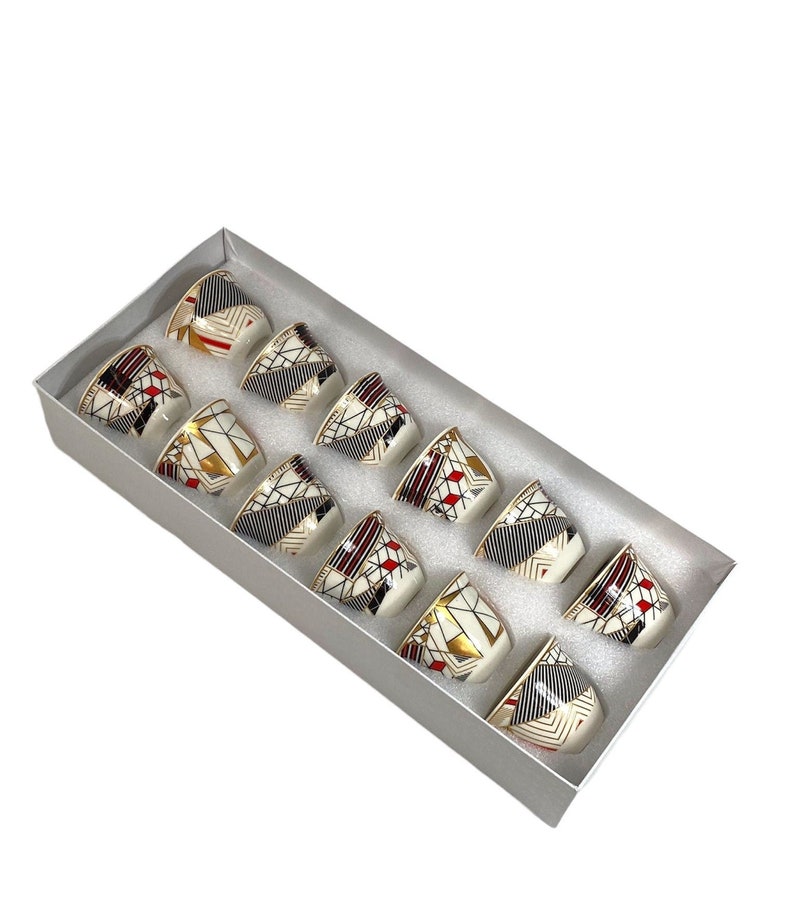Kenya is the world’s #16 of coffee exporter worldwide.
- The first trees came from Ethiopia in the 19th century.
- At the beginning of the 20th century, French missionaries introduced the valuable Bourbon plants.
- Main areas of cultivation: Mt. Kenya, Aberdare Zone, Kasii, Nyanza, Bungoma, Nakuru, Kericho
Advertisment
- Kenyan coffee grows predominantly at a height of 1,500 to 2,100 m.
- It is hand-picked and sun-dried.
- The coffee is aromatic, acid and body are very balanced and full-bodied and it tastes pleasantly fruity-spicy.
- Quality: PB (Peaberry) are the best, followed by AA Plus, AA, AB, E, C, TT, T and Buni.
- The very high quality of the Kenyan coffee lies in the regulation and control by the government.
Traditional Preparation
Kahawa Chungu
- Kahawa Chungu is Swahili and means bitter coffee
- It is often drunk by older men and shall have an aphrodisiac effect.
- To prepare Kahawa Chungu: bring to boil 3 tsp freshly ground coffee with 1 cup of cold water, 3 cardamom capsules and a cinnamon stick on a charcoal stove in a brass pot. One can also add cloves and nutmeg.
- Simmer at low heat for 10-15 min.
- You can add the ground coffee also at the end and simmer for the last 3-4 min
- Fill the Kahawa Chungu through a sieve in a small ceramic cup and serve hot with haluwa, dates or pastries like mahamri or kaimati.
Advertisment
Kahawa Tamu
- Swahili for sweet coffee
- You just add sugar to a Kahawa Chungu 😉
With lime and honey
- brew strong coffee with a hand filter.
- Add 2 slices of lime and a spoonful of honey.
Advertisment
For advertising links on this page the dealer may pay a commission. These advertising links are marked with an asterisk (*) – images and banners are marked with “Ads” or “Advertisment”. There are no costs for you. Find more information in the data protection regulations here.











